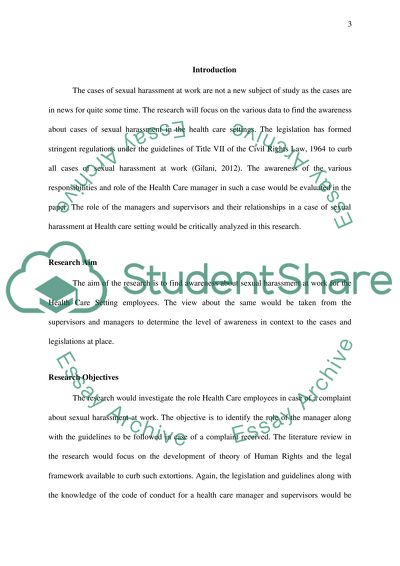Cite this document
(“Management of Sexual Harassment in the Health Care setting Research Paper”, n.d.)
Retrieved from https://studentshare.org/human-resources/1677303-management-of-sexual-harassment-in-the-health-care-setting
Retrieved from https://studentshare.org/human-resources/1677303-management-of-sexual-harassment-in-the-health-care-setting
(Management of Sexual Harassment in the Health Care Setting Research Paper)
https://studentshare.org/human-resources/1677303-management-of-sexual-harassment-in-the-health-care-setting.
https://studentshare.org/human-resources/1677303-management-of-sexual-harassment-in-the-health-care-setting.
“Management of Sexual Harassment in the Health Care Setting Research Paper”, n.d. https://studentshare.org/human-resources/1677303-management-of-sexual-harassment-in-the-health-care-setting.


